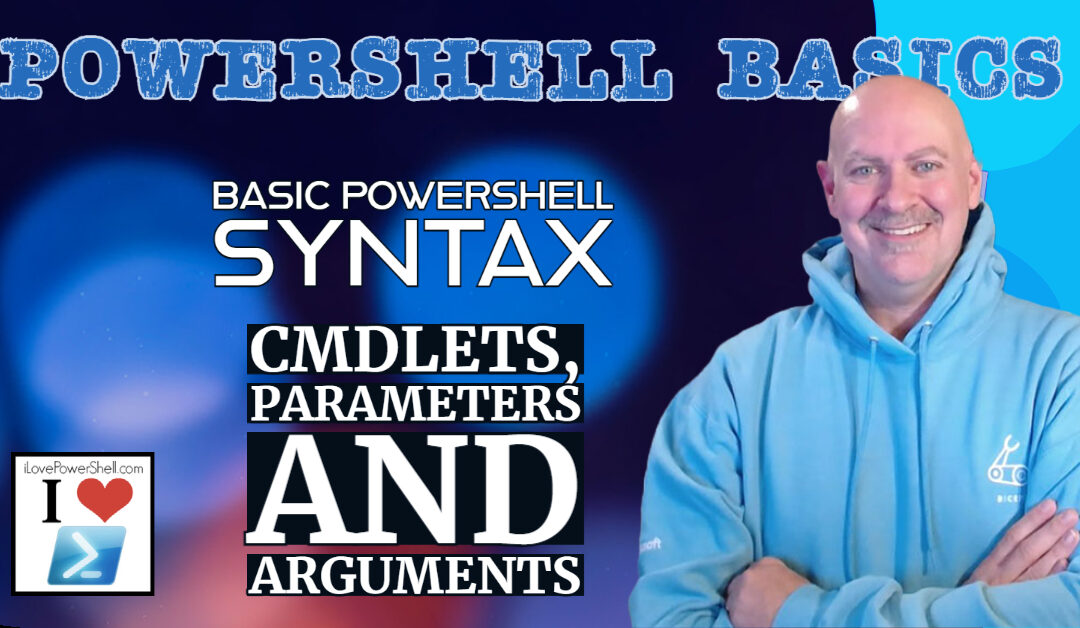When working with PowerShell, understanding the basic syntax is essential. This article will cover the fundamental elements of PowerShell syntax, including cmdlets, parameters, and arguments.
Cmdlets
Cmdlets are the workhorse of PowerShell. They are small, single-purpose commands that perform specific actions. Cmdlets follow a verb-noun naming convention, where the verb describes the action and the noun describes the object. For example, the Get-Process cmdlet retrieves information about running processes on the system, and the Set-Item cmdlet changes the value of a specified item.
In PowerShell, you can think of cmdlets as building blocks that you can use to construct more complex commands. You can also chain cmdlets together using the pipeline operator | to pass the output of one cmdlet as the input to another. This is one of the most powerful features of PowerShell and makes it easy to write concise, yet powerful commands.
To use a cmdlet in PowerShell, simply type its name followed by any required parameters and arguments. For example, to use the Get-Process cmdlet, you would type:
Get-Process
This would return a list of all running processes on the system, along with various properties such as the process ID, name, and CPU usage.
Parameters
Cmdlets can also accept parameters, which are additional pieces of information that modify their behavior. Parameters are specified using the -ParameterName syntax, where ParameterName is the name of the parameter. Some cmdlets have required parameters, while others have optional parameters.
For example, the Get-ChildItem cmdlet retrieves a list of files and folders in a specified directory. By default, it returns only the files and folders in the current directory. However, you can use the -Path parameter to specify a different directory:
Get-ChildItem -Path C:\Windows
This command would return a list of all files and folders in the C:\Windows directory.
Some parameters also accept values, which can be specified using the -ParameterName Value syntax, where Value is the value of the parameter. For example, the Set-ExecutionPolicy cmdlet changes the PowerShell execution policy. It has a required -ExecutionPolicy parameter, which specifies the new execution policy. The following command sets the execution policy to RemoteSigned:
Set-ExecutionPolicy -ExecutionPolicy RemoteSigned
Parameters
Parameters are additional settings or options that modify how a cmdlet behaves. Some parameters are required, while others are optional. You can specify parameters in PowerShell by using the syntax “-parametername parametervalue” or by using the short form “-p parametervalue”.
For example, the Get-ChildItem cmdlet has several parameters, including -Path and -Recurse. To list all files in the current directory and all its subdirectories, you can use the following command:
Get-ChildItem -Path . -Recurse -File
Here, the -Path parameter specifies the starting directory, the -Recurse parameter tells PowerShell to search all subdirectories, and the -File parameter tells PowerShell to only return files.
Arguments
Arguments are values or objects that you pass to a cmdlet to perform an action. Arguments are different from parameters, as parameters are optional or required settings that modify how the cmdlet behaves, while arguments are the actual values or objects that are operated upon.
For example, the Set-Content cmdlet can be used to create a new file and write content to it. To create a new file named “example.txt” and write the text “Hello, World!” to it, you can use the following command:
Set-Content -Path example.txt -Value "Hello, World!"
Here, the -Path parameter specifies the name and location of the file, while the “Hello, World!” argument is the actual content that is written to the file.
Conclusion
In conclusion, understanding basic PowerShell syntax is essential to using PowerShell effectively. By mastering cmdlets, parameters, and arguments, you can accomplish many common administrative tasks quickly and easily. With practice, you can build more complex scripts and automate repetitive tasks. Stay tuned for more articles on PowerShell basics and advanced topics!


